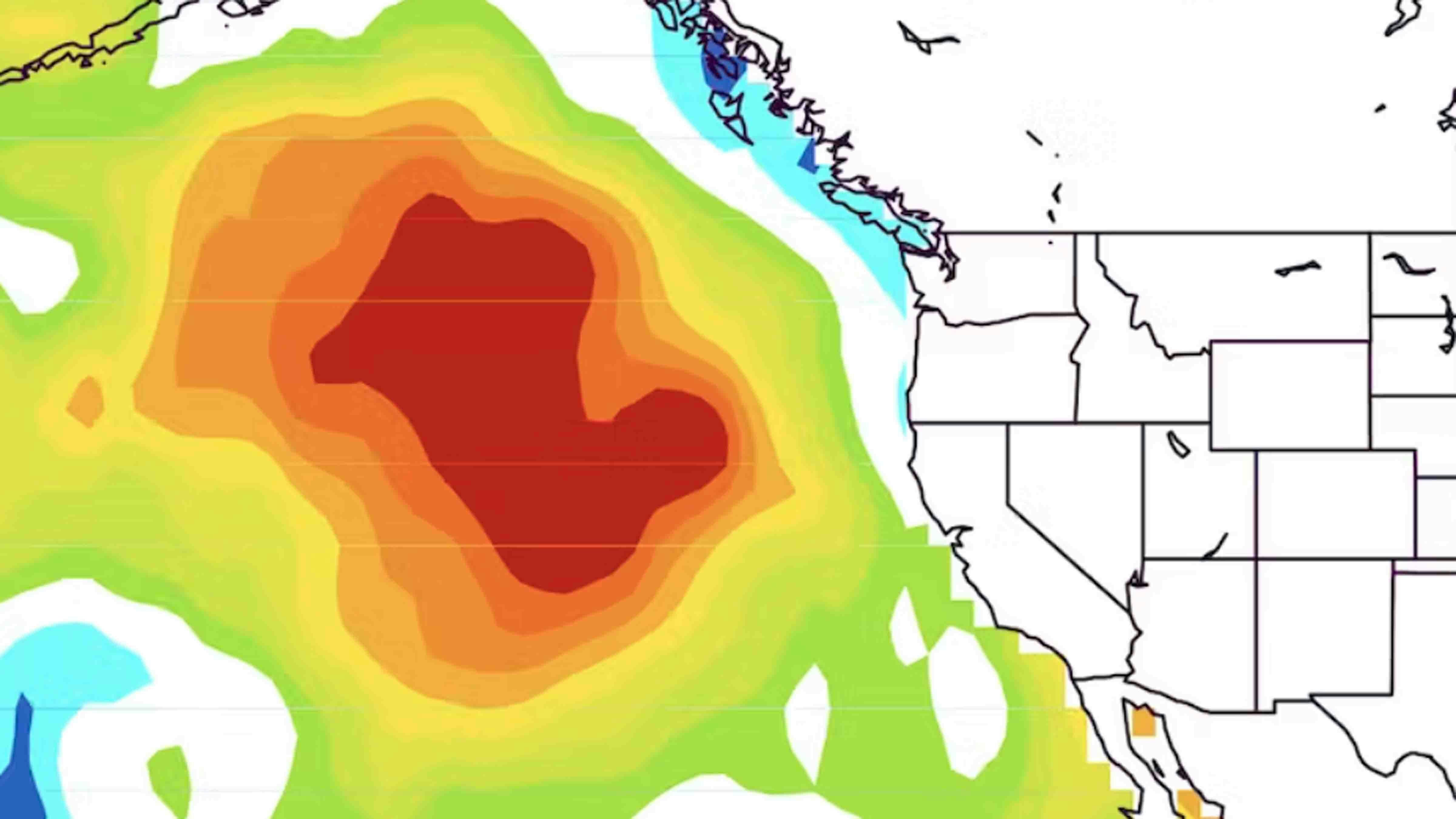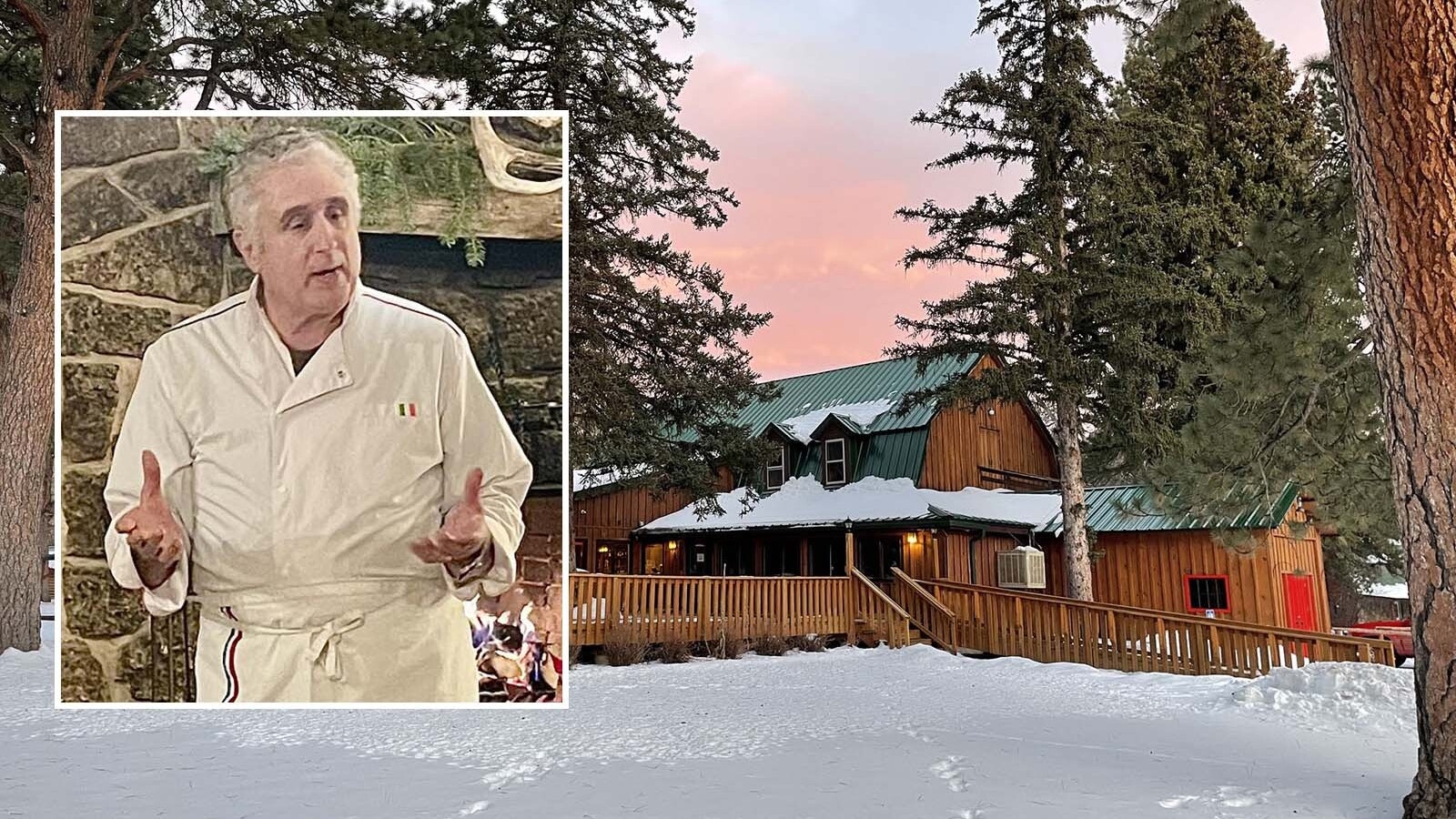When it comes to weather, nothing beats the ominous hallmarks of an El Niño season. Now there seems to be a large mass of warm water in the Pacific associated with the seasonal weather pattern that has many people wondering what it means.
That includes Cowboy State Daily meteorologist Don Day, but he’s annoyed at how it’s being reported.
The Washington Post describes it as an "unusual blob of warmth in the western Pacific" that’s creating the "wonkiness" of the current El Niño. The website space.com took that description and called it a “big blob of hot water.” And this article wonders if it will “wreak havoc on Wyoming’s winter weather.”
Day agrees that something interesting is going on in the Pacific Ocean that’s contributing to a change in seasonal weather. It’s the terminology that irritates him.
“Articles like this make me want to pull my hair out. It is totally unscientific,” he said. "And in my personal opinion, The Washington Post is not the place to go to get weather information."
Hot Spot (Not)
The Pacific Ocean is definitely in an El Niño state, which means the ocean's surface temperatures are warmer along the equator. This well-known weather pattern impacts the weather in Wyoming and all of North America.
There is now an area in the northwest region of the Pacific where the water temperature is warmer than usual for an El Niño state. This is especially noteworthy since the water in this region usually stays cool during El Niño.
Day says this phenomenon is called a Modoki El Niño. Warmer water surface temperatures along the equator and across the Pacific are more centered toward the central and Western portions of the ocean.
However, this is not a “blob of hot water.” Day said the water is warmer, but certainly not hot to the touch, and using “blob” in this context doesn’t provide anything useful.
“Hot water is when you know, you touch it and say, ‘Oh, it's hot.’ It's warmer water. And trying to explain the weather and telling people blobs and stuff like that, it's just bad writing,” he said.
So What?
Whether it’s called a “hot blob” or “warm water region,” the important thing is how the circumstances of a Modoki El Niño are impacting this winter’s weather. In that regard, Day said it could be very destructive to the long-range forecasts circulating online.
“It is making this El Niño behave differently,” he said. “And I think it's causing a lot of long-range forecasting to be really difficult. It's making for a very difficult situation (when trying) to forecast out weeks and months at a time.”
Day said the Modoki El Niño makes it challenging to incorporate historical weather information into long-range forecasts since the hallmarks of a typical El Niño season could be reduced or not happen at all. That removes confidence in most long-term forecasts, especially those that predicted a “super El Niño” this season.
“Since this year is a little bit different, we don't have a year that we can really go back and say it's exactly like this,” he said. “So that lends to just low confidence. I think a lot of what people were talking about five months ago probably (won’t) come to fruition because of this.”
And Wyoming’s Weather?
Despite the Modoki El Niño and the wrench it’s throwing into the season’s long-range forecasts, Day is quite gruntled with his long-term forecast for Wyoming.
“I'm sticking with my long-range forecast, because I did kind of factor this in,” he said.
Day said the hallmarks of a more intense El Niño are already happening in the United States, and he thinks Modoki El Niño is and will continue to affect the intensity.
“I still think it's going to get rainy and wet in central and southern California. And it's already really gotten wet in the southeastern United States, which is a classic El Niño signature,” Day said. “It’s just that the impacts aren't going to be as big as they thought they were going to be.”
Day’s forecast for Wyoming’s 2023-2024 winter season predicted it would be longer and colder than last winter.
“There could be a decent amount of snow, but nothing like the record-setting storm experienced in the first months of 2023,” he said. “From a Wyoming standpoint, I think we're going to trend to what we discussed earlier.”
It’s Complicated
The best answer to any questions about what the Modoki El Niño will or won’t do to the weather might be the most frustrating: it’s complicated. One certainty is that a noticeable trend in the Pacific Ocean will impact Wyoming weather in one way or another.
“The Pacific Ocean is a giant,” he said. “It's the biggest object on Earth. There's nothing bigger than the Pacific. When the Pacific has these huge swaths of different temperatures and different cold pockets and warmer pockets, that really can make it complicated.”
Although Day admits the uncertainty of the Modoki El Niño makes the short-term weather forecasts more relevant than before. That’s good news for any meteorologist.
“It’s called job security,” he said.
Andrew Rossi can be reached at arossi@cowboystatedaily.com.





